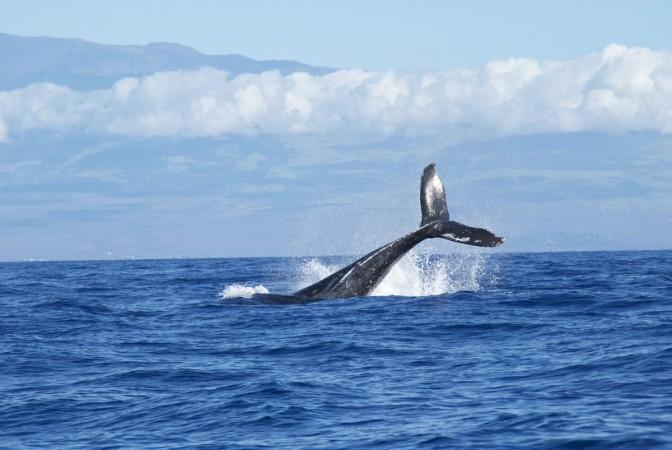Groups of beaked whales lessen life risk from the predator through a strong diving synchronisation, said a new study. This behavior has not been observed in other deep-diving whales, and the reasons for it remain unknown.
Natacha Aguilar de Soto, Mark Johnson, Peter Madsen, and the team examined data from 26 beaked whales equipped with sensors that measured their depths, the steepness of their plunges, and the noises they made. The findings of the study have been published in Scientific Reports.

The whales performed tightly synchronized deep dives in order to hunt using echolocation (using sounds to search for food), but limited vocalizations at shallow depths where they are vulnerable to hunting by killer whales, according to the scientists.
Before looking for food, beaked whales began vocalizing at an average depth of 450 meters. The whales then regrouped at an average depth of 750 meters and rose silently to the surface at a shallow angle traversing an average horizontal distance of one kilometer.

Beaked whales, according to the authors, prevent killer whales from following them by confining their vocalizations to depths beyond the range of killer whale attacks and surfacing in unusual locations.
However, the authors emphasize that this method is expensive and time-consuming as long silent ascents from dives lasting more than an hour diminish foraging time by roughly 35 per cent when compared to other toothed whale diving tactics.
The results indicate that predation danger may have been a key evolutionary force that drives beaked whales' distinct diving and vocal behavior.

















